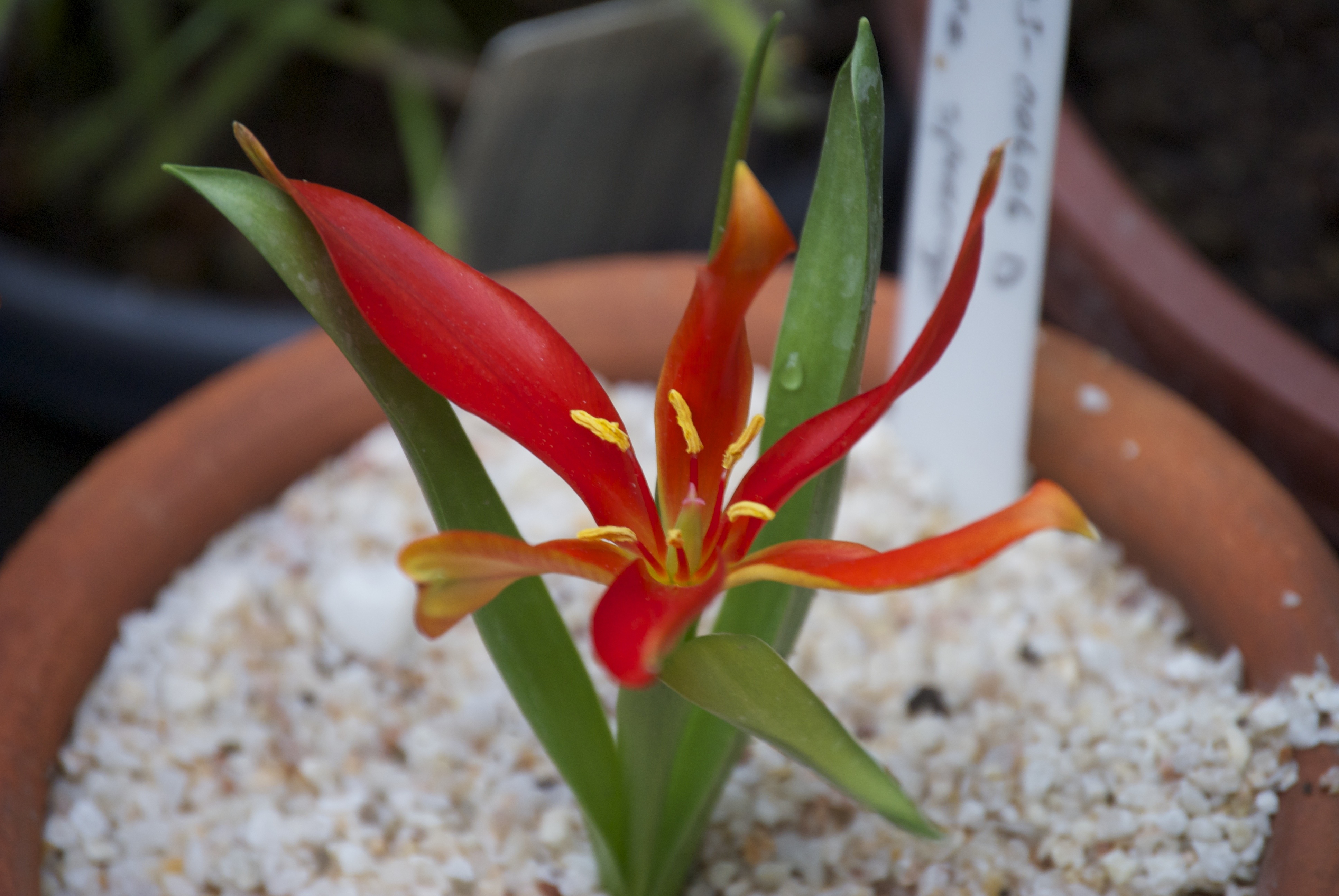Conservation Projects
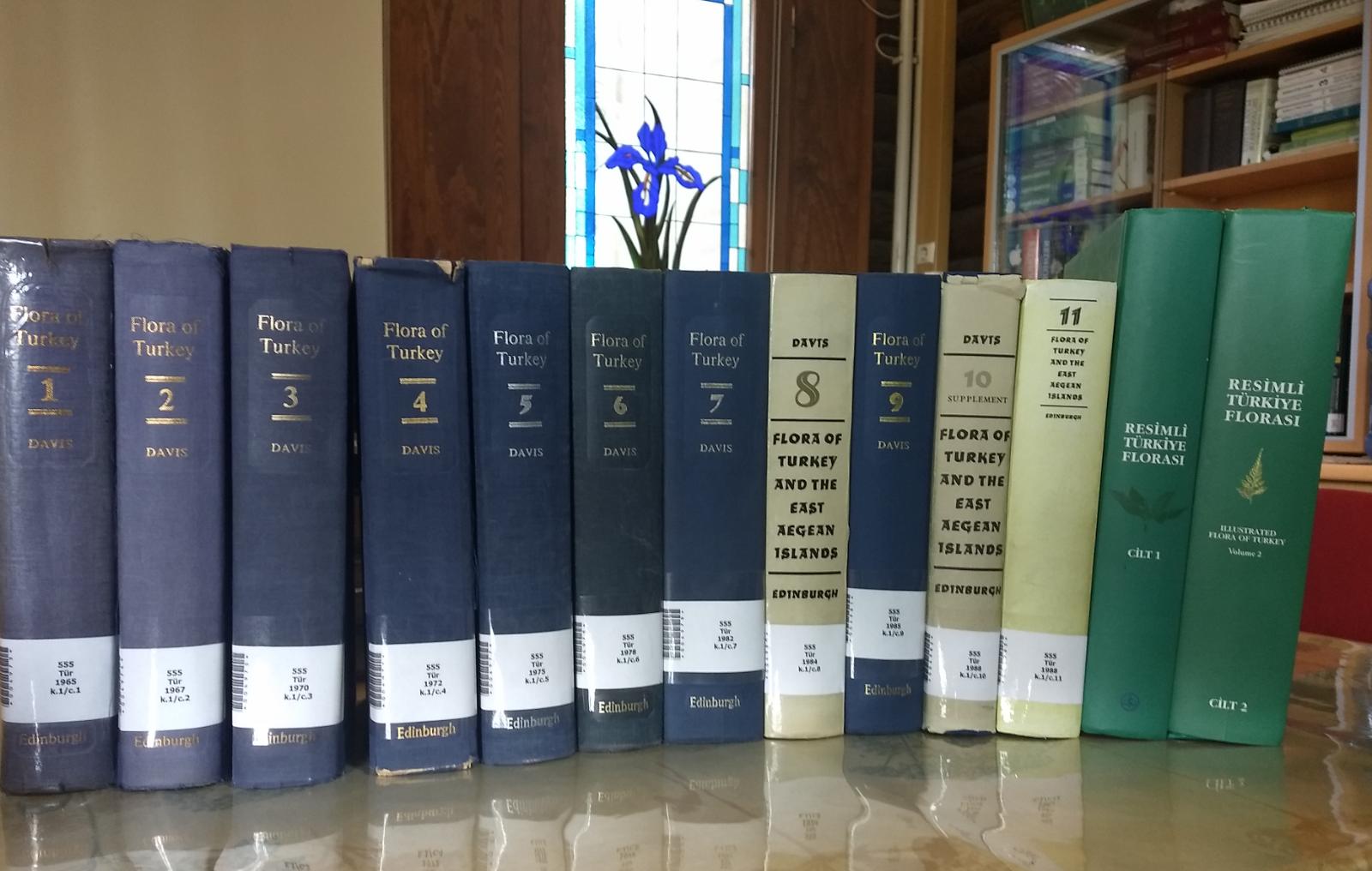
Conservation Projects
Conservation of biodiversity in not only Turkey but throughout the world is becoming increasingly important - and more urgent. The increasing population and the loss of plant habitats due to ever expanding urban development activity world wide, renders conservation efforts a high priority. In the face of these serious threats and as a major part of its Mission, since its foundation, NGBB has been actively engaged in conservation efforts of plant diversity and the environment A wide range of different activities, strategies, action plans and agreements have been carried out as a result of these concerns worldwide.
The international organisations, the Convention on Biodiversity Diversity (CBD), and within this framework, and the Global Strategy for Plant Conservation (GSPC) has specified 5 objectives and 16 global targets to be achieved by 2020, seven of these cover the conservation of plant diversity. Amongst the list of conservation projects are Astragalus beypazaricus, Astragalus yildirimlii, Rhaponticoides iconiensis, Rhaponticoides mykelea, Pyrus serikensis , Tulipa sprengeri, Vuralia turcica,Cephalaria tuteliana and Iris masia subsp. dumaniana, Cyanus tchihatcheffii, Rhaponticoides hierroi
Objective II: Plant diversity is urgently and effectively conserved
- Target 4: At least 15% of each ecological region or vegetation type secured through effective management and/or restoration.
- Target 5: At least 75% of the most important areas for plant diversity of each ecological region protected with effective management in place for conserving plants and their genetic diversity.
- Target 6: At least 75% of production lands in each sector managed sustainably, consistent with the conservation of plant diversity.
- Target 7: At least 75% of known threatened plant species conserved in situ.
- Target 8: At least 75% of threatened plant species in ex situ collections, preferably in the country of origin, and at least 20 per cent available for recovery and restoration programmes.
- Target 9: 70% of genetic diversity of crops, their wild relatives, and socio-economically valuable plant species are conserved, and preserving associated indigenous and local knowledge.
- Target 10: Effective management plans in place to prevent new biological invasions and to manage important areas for plant diversity that are invaded.
Astragalus yildirimlii
Turkey's richest plant genus is Astragalus which is represented by about 450 species, half of which are endemic. It was well known that this species was endangered so a conservation plan was drawn up accordingly and meticulous studies are continuing. Seeds were collected from the wild and brought to NGBB, where plants were raised and seeds obtained. Some of these seeds were transferred to the Seed Gene bank in Ankara.
Rhaponticoides mykelea
This species was discovered in 1979 between Şelçuk and Davutlar. Small populations are found at the road sides and at the edges of olive groves at the edge of maquis. Building and agricultural activities are in some cases destroying these small populations. In order to protect the species it is necessary to find more suitable areas near to pine forests and conservation work is continuing in Muğla.
Pyrus serikensis
According to the IUCN assesment, the threat category of this species needs to be upgraded from EN to CR status. Pyrus serikensis is an endemic species, rarely found in some villages of Antalya's Serik and Manavgat districts and around Aksu town. Conservation work on this species started in 2006 at NGBB with nine seedlings collected from the wild in November. In the same year, approximately 400 seedlings were obtained. Some of the saplings were returned and planted in their natural environment in 2008. A forest fire in Serik in 2008 destroyed a large area. After contacting the Forestry Directorate they gave us saplings (or seeds) to take care of which we were able to return to their natural habitat and the forestry department started production in their own nurseries.
Cephalaria tutaliana Project
Cephalaria tutaliana is an endangered; endemic plant species of the province of İstanbul. This rare species is threatened mainly by human effect (etc. road construction, urbanization). We present here a project initiated in 2014 for the conservation of C. tuteliana, which includes specific in-situ and ex-situ conservation actions such as fencing-off small natural stands; seed and vegetative material collection for seed bank; ex-situ plantations in Nezahat Gökyiğit Botanic Garden, and public sensitization actions. C. tuteliana individuals reacted positively in most fenced areas by growing fast and producing long shoots directly after fencing took place, and plant species richness and coverage were found to be higher than in areas still subject to browsing. Regarding ex-situ conservation actions, definitive results are still expected in the following years. Finally, numerous local people have been informed about this threatened and rare plant and the conservation actions through environmental education programs and local public events.
Iris masia subsp. dumaniana
This species grows only in some places in the Serik district of Antalya and on the roadside between Antalya and Serik with apparently no population increase. Its position is under threat so NGBB has been involved in conservation projects. Rhizomes were collected which also produced seeds and brought to NGBB where plants can be seen in the dry arid garden in NGBB.
Cyanus tchihatcheffii
This annual steppe vegetation species grows around Gölbaşı-Mogan Lake in Ankara and Gölbek, especially in crop fields. Cyanus tchihatcheffii has been grown in NGBB since 2004 where it has adapted well to the Istanbul climatic conditions resulting in successful reproduction. In wet rainy years there has been a marked increase in individuals raising the question of re-evaluating it in the CR threat category. However, since the pressure on the species is very high, it is considered beneficial to maintain its current status.
Rhaponticoides hierroi
This endemic species was found in 2007 around Antalya and Fethiye. Plants grown from seeds sown in 2010 can be seen in different areas in NGBB where cultivation has yielded positive results. Conservation activities are continuing with the support of NGBB. Seeds were also transferred to the Seed Gene Bank in Ankara.
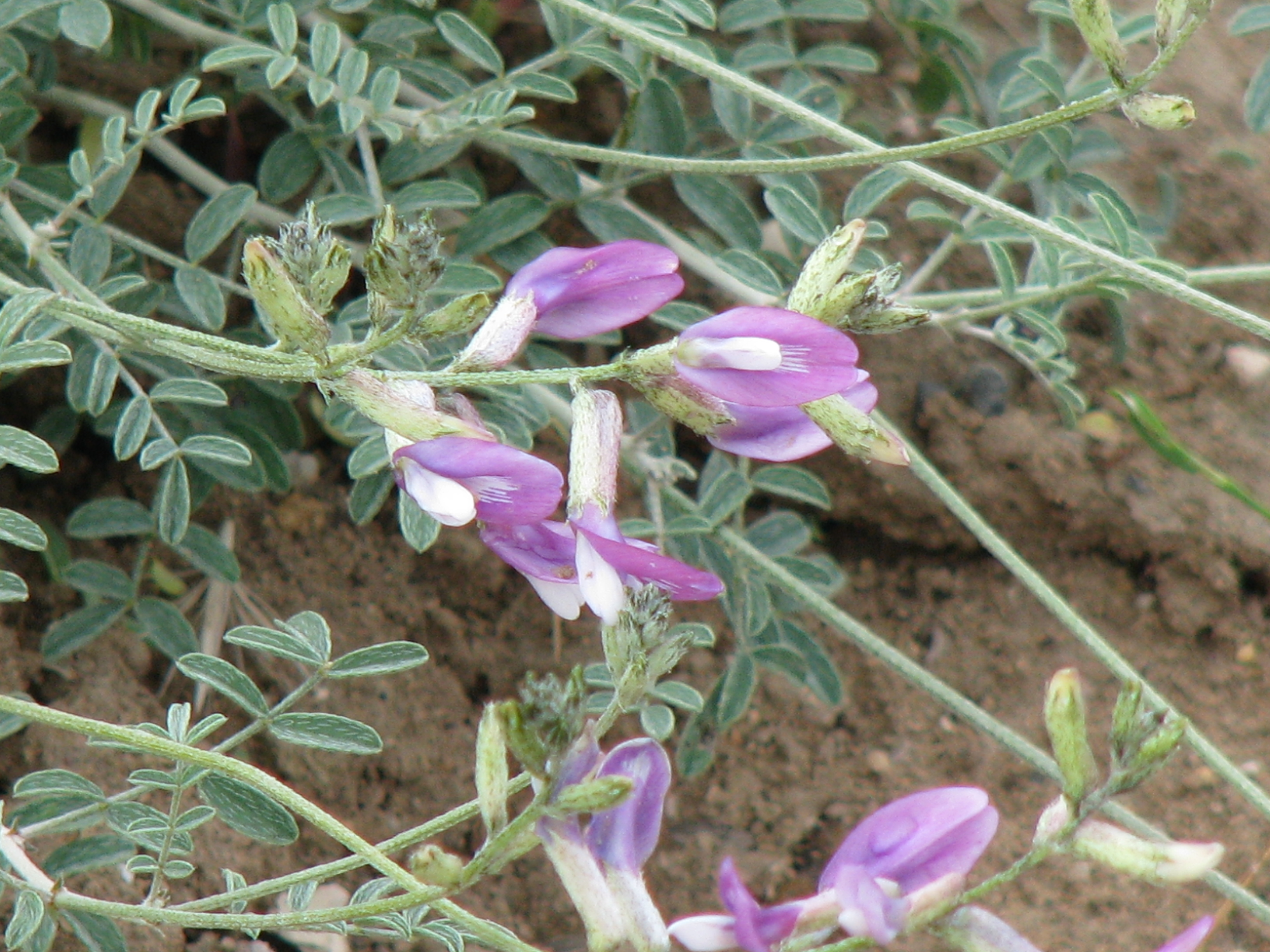
Astragalus beypazaricus
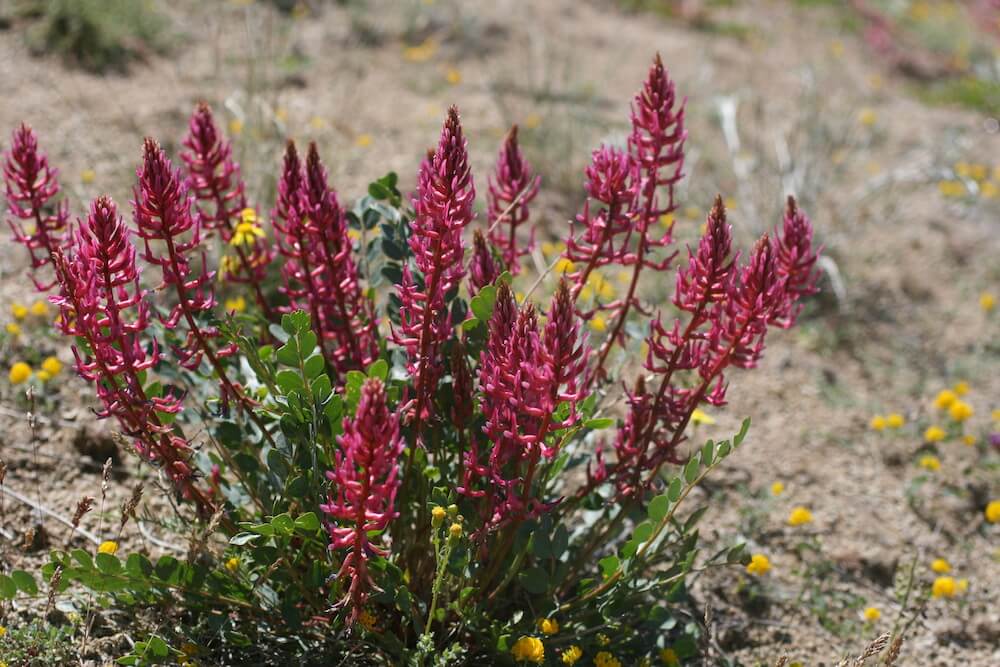
Astragalus yildirimlii
Rhaponticoides mykalea
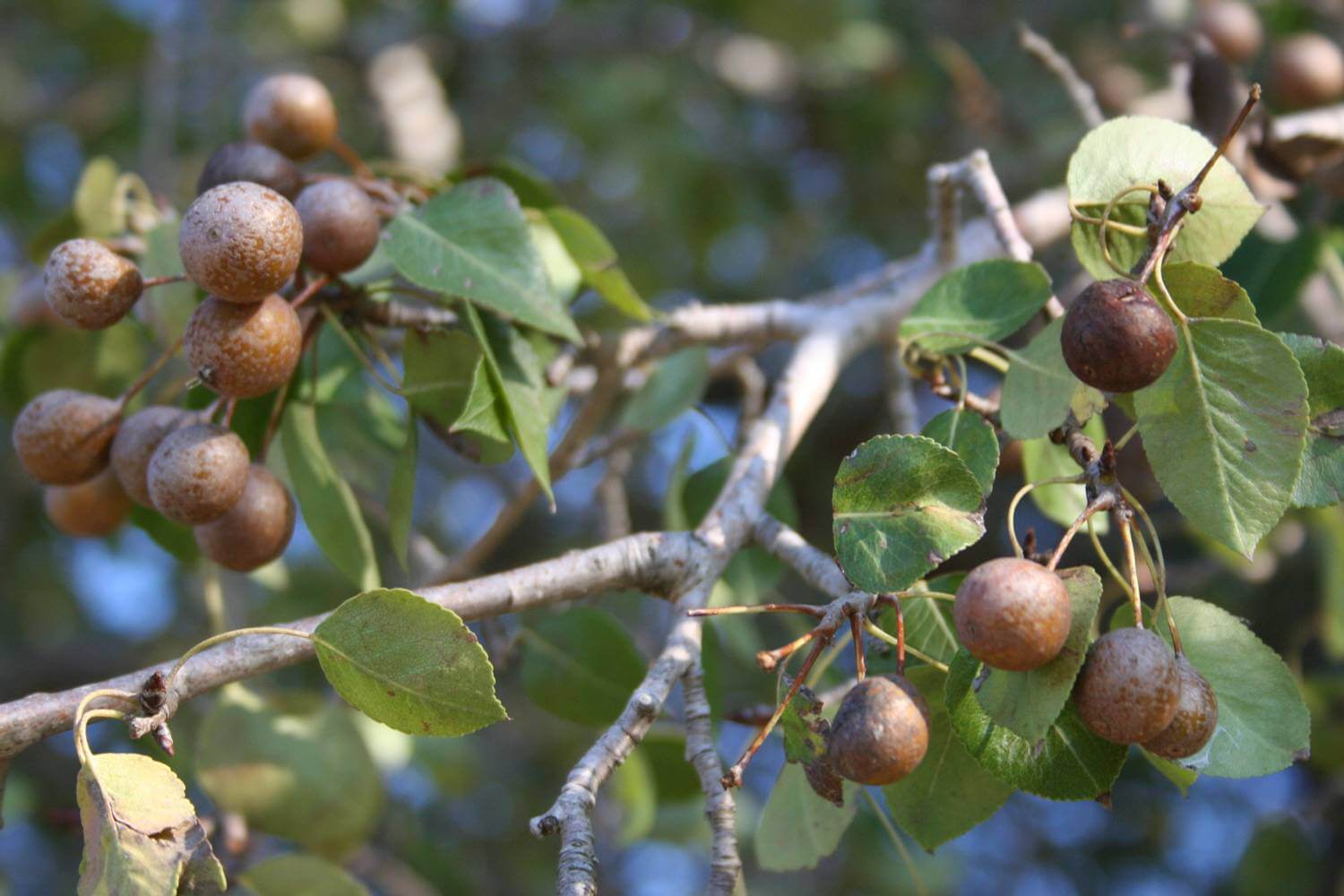
Pyrus serikensis
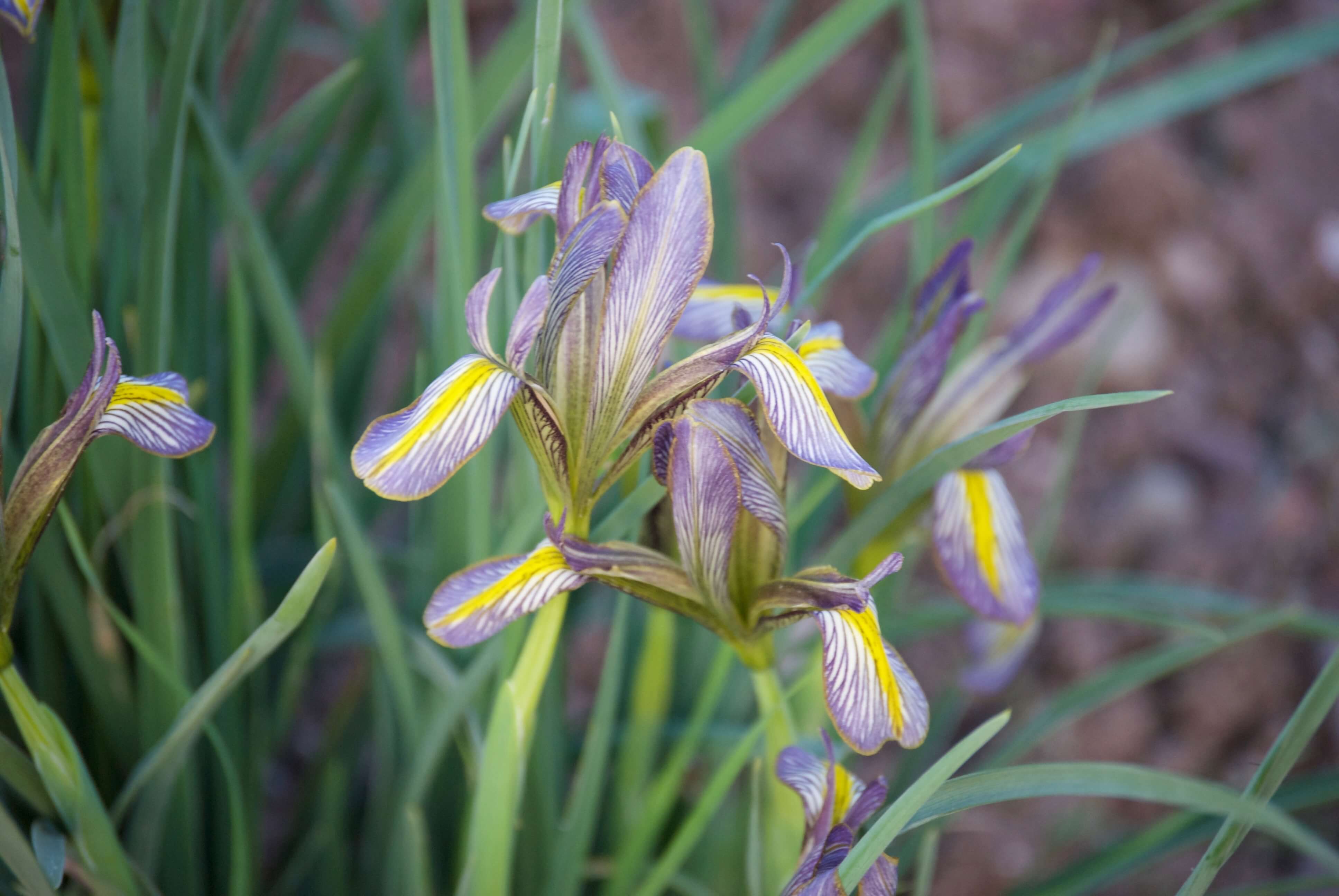
Iris masia subsp. dumaniana
Cyanus tchihatcheffii
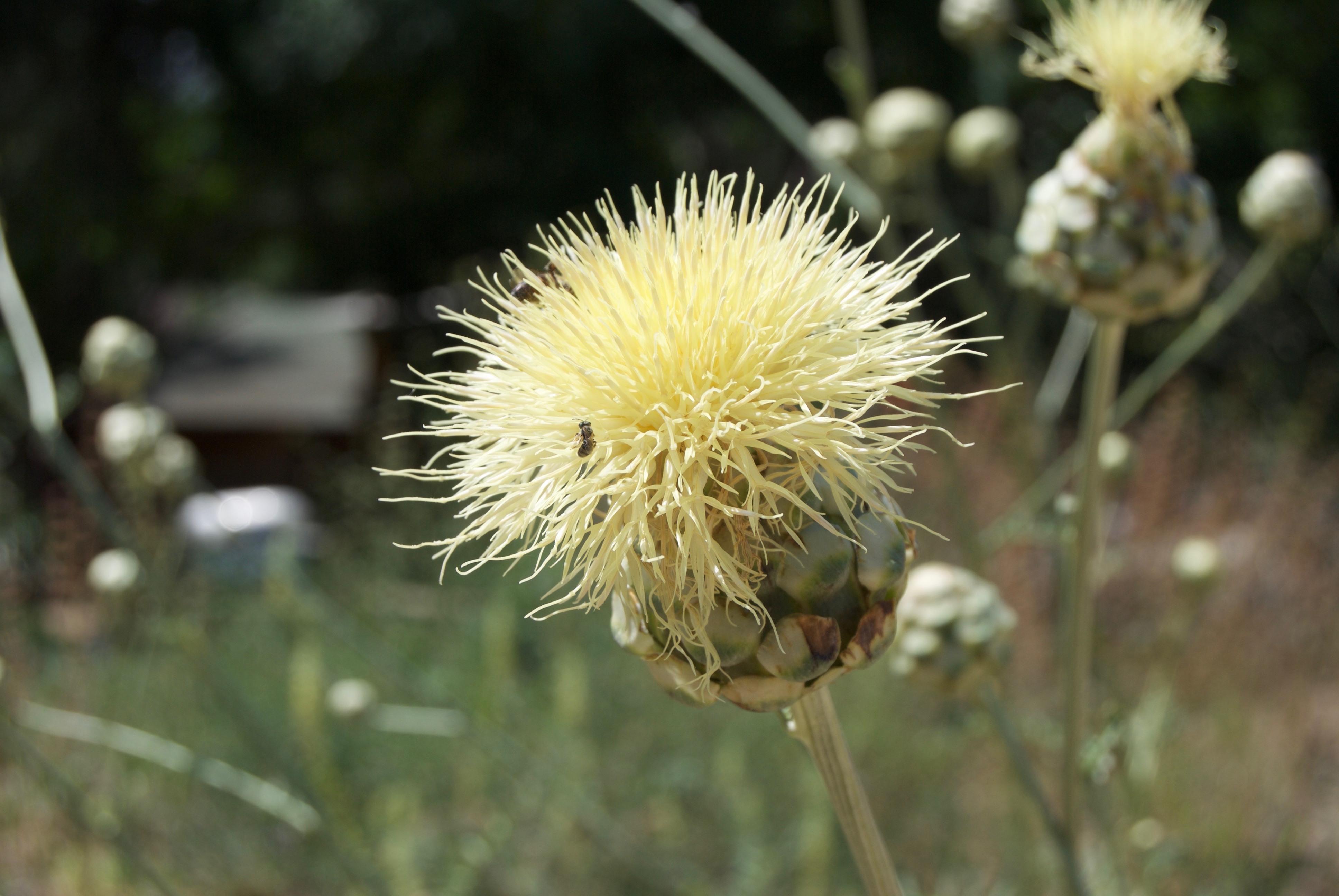
Rhaponticoides hierroi
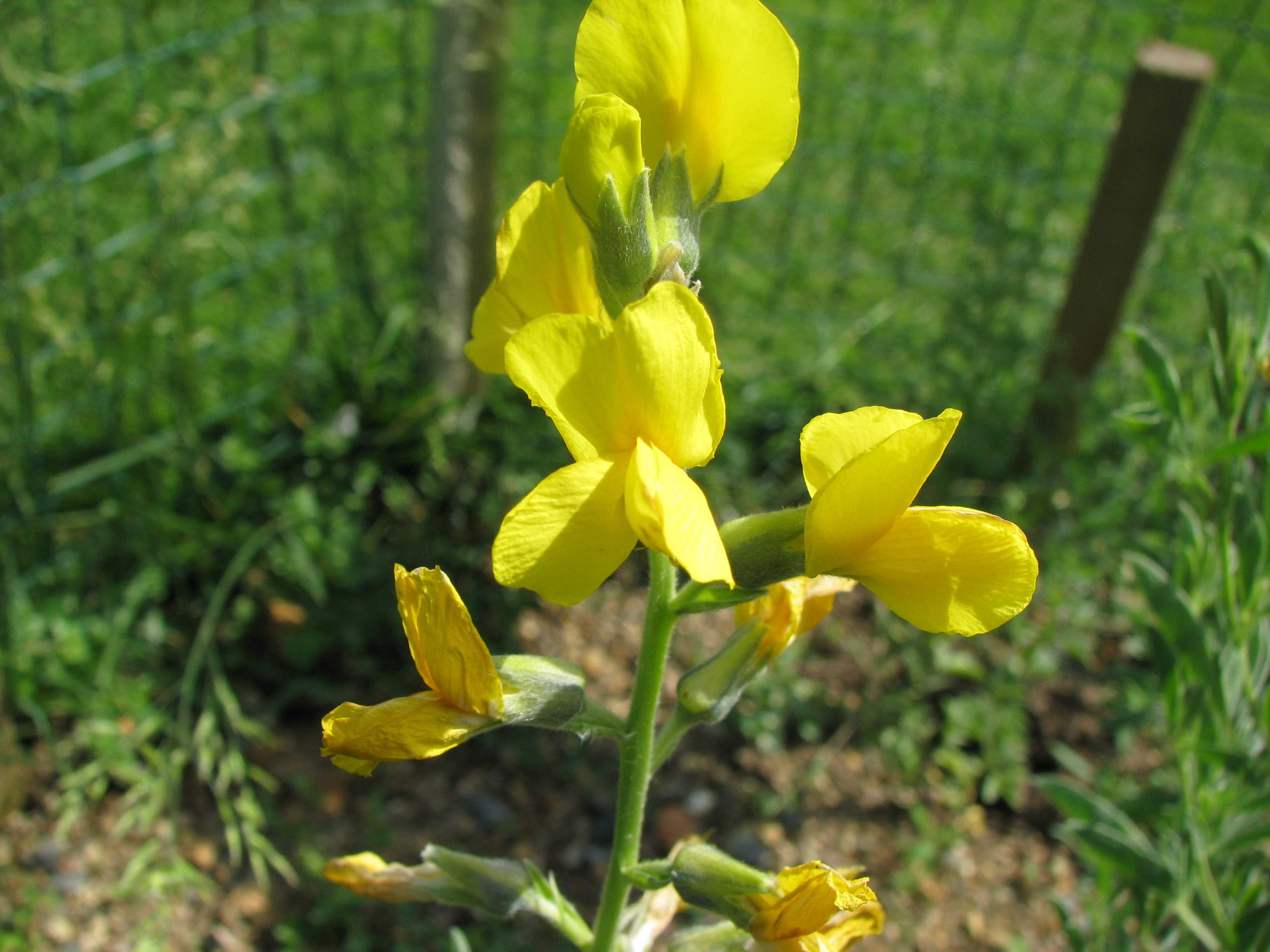
Vuralia turcica
